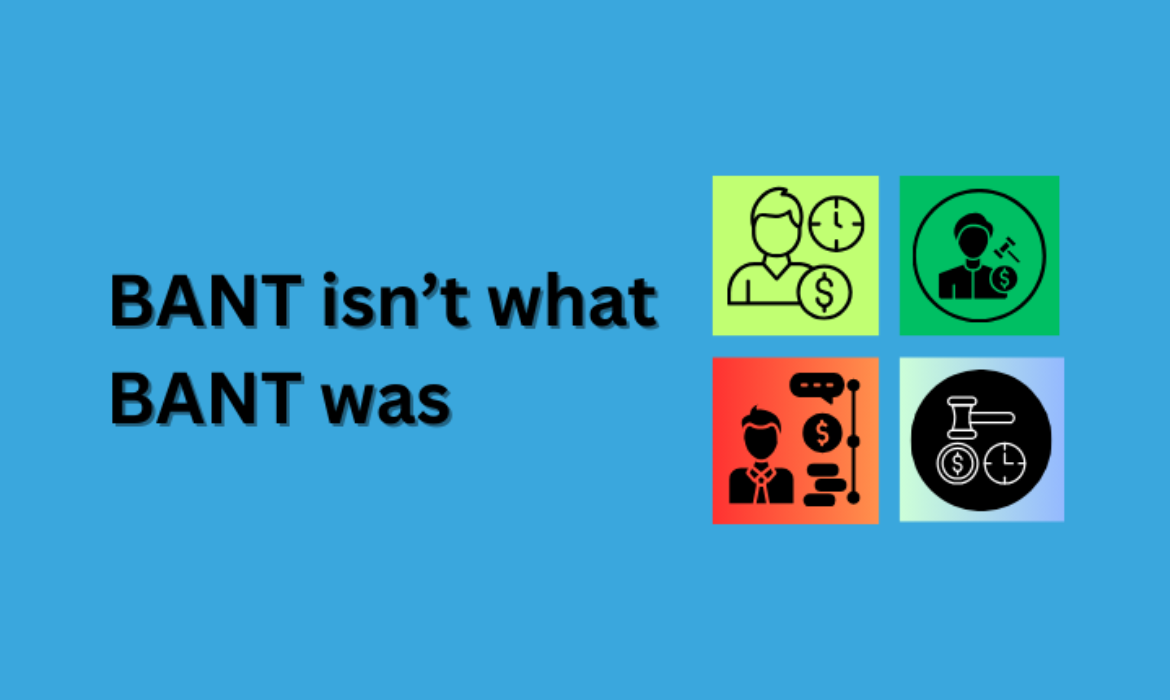When BANT leads were first introduced in the 1950’s by IBM do you think that the team who rolled it out believed it would still be used over 70 years later? The longevity of this simple demand generation acronym has outlasted most anything else that IBM would have brought out over 70 years ago. To that point, why would we expect BANT leads not to have evolved as the market has? As marketers have? As the wider user community has?

BANT leads, standing for the simple yet effective acronym of Budget, Authority, Need and Timeframe outline the basis for what a sales person would like to review and quantify as they lead into a sales orientated conversation. In reality however, often customers either do not want to divulge this information, or, may not be able to. Further to this, it does not address pain points that are crucial from a user engagement perspective. If there are pain points that need to be addressed for a potential customer and a company is able to address these then it makes for a much stronger engagement, a more memorable conversation, and a stickier interaction as users navigate the buyer journey
In this instance it would be more beneficial to ask questions around pain points that can be addressed as opposed to when you are you going to make a purchase, or do you have a budget set aside already.
This is the core reason why BANT now is not what BANT was. Asking questions such as “are you going to purchase in the next 12 months” or “do you have a budget allocated” do not position sales teams to have the strongest conversation as opposed to delving deep on how a prospects pain points can be addressed. Next time you are looking at running a BANT campaign, it is important to ask the question, what is going to align this conversation with my sales team? and how can we uncover needs? instead of going to just the old BANT formula.







